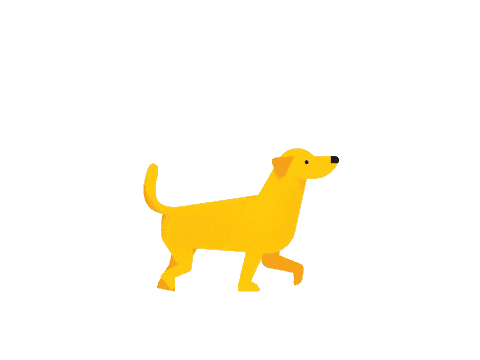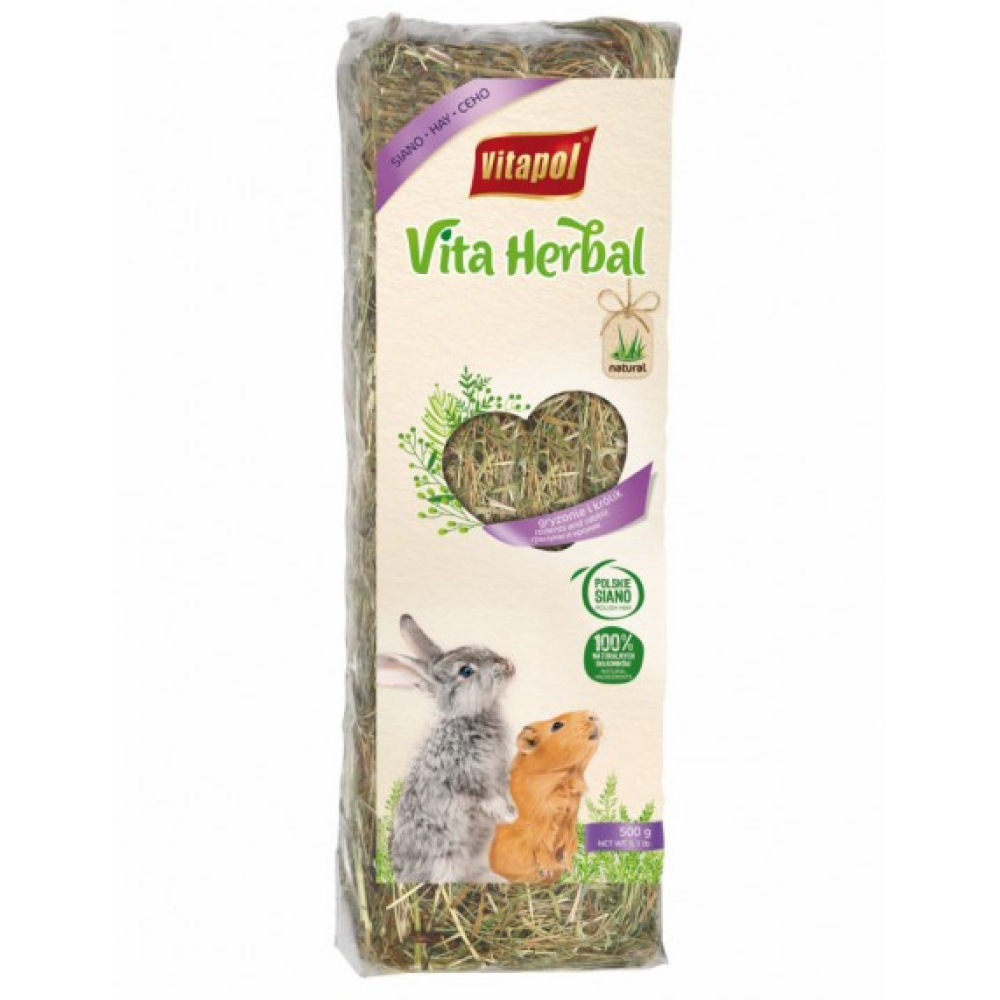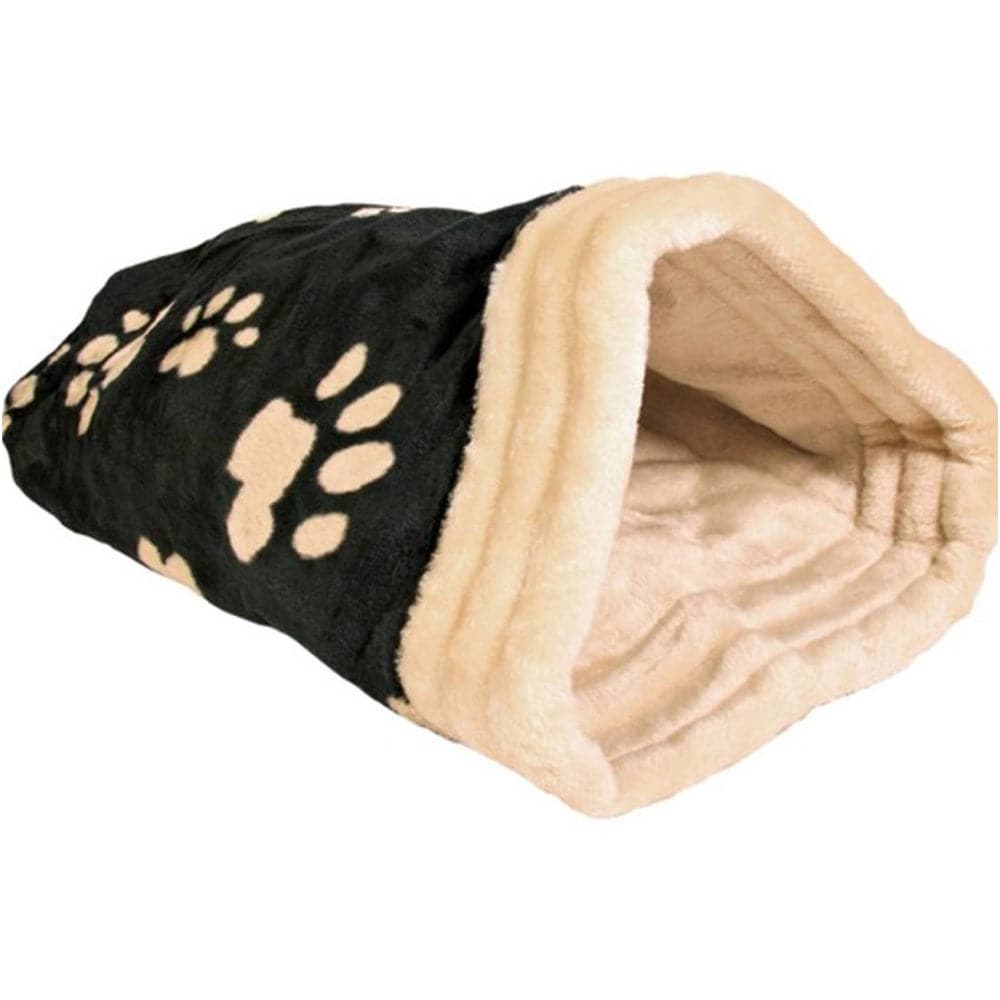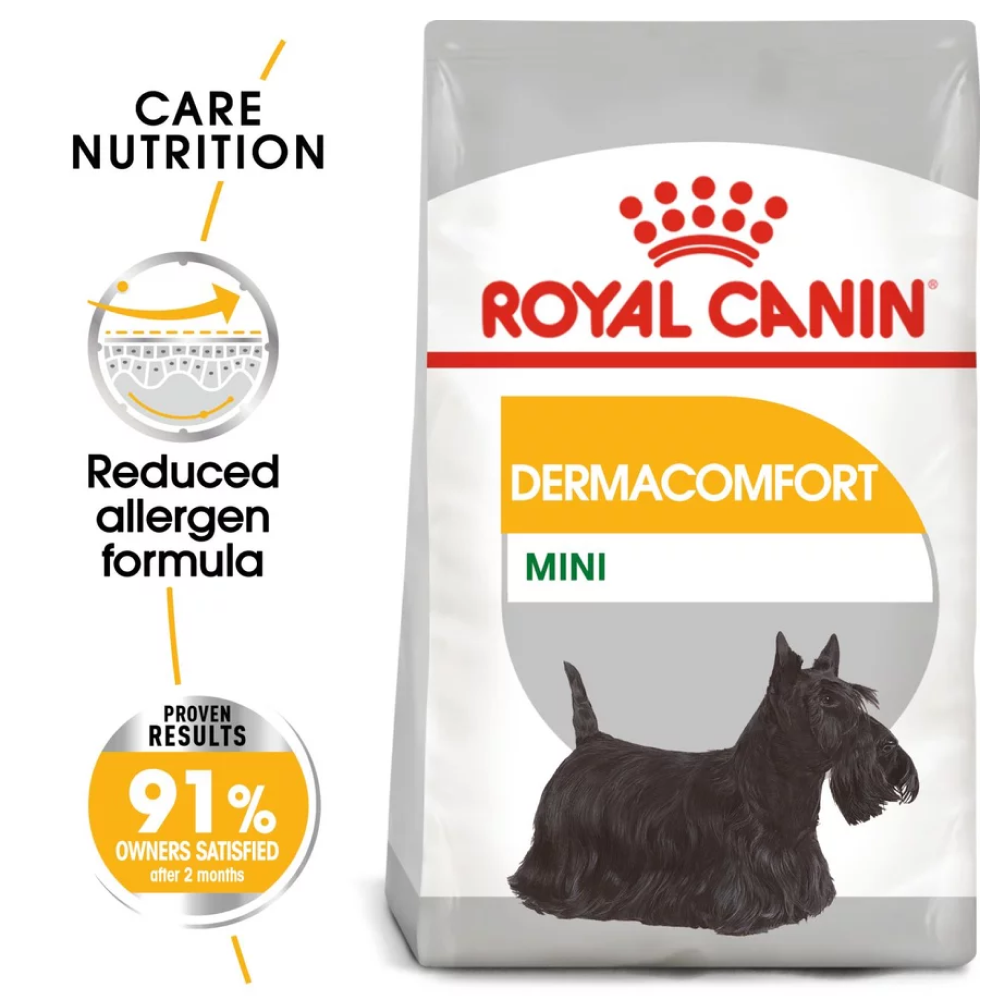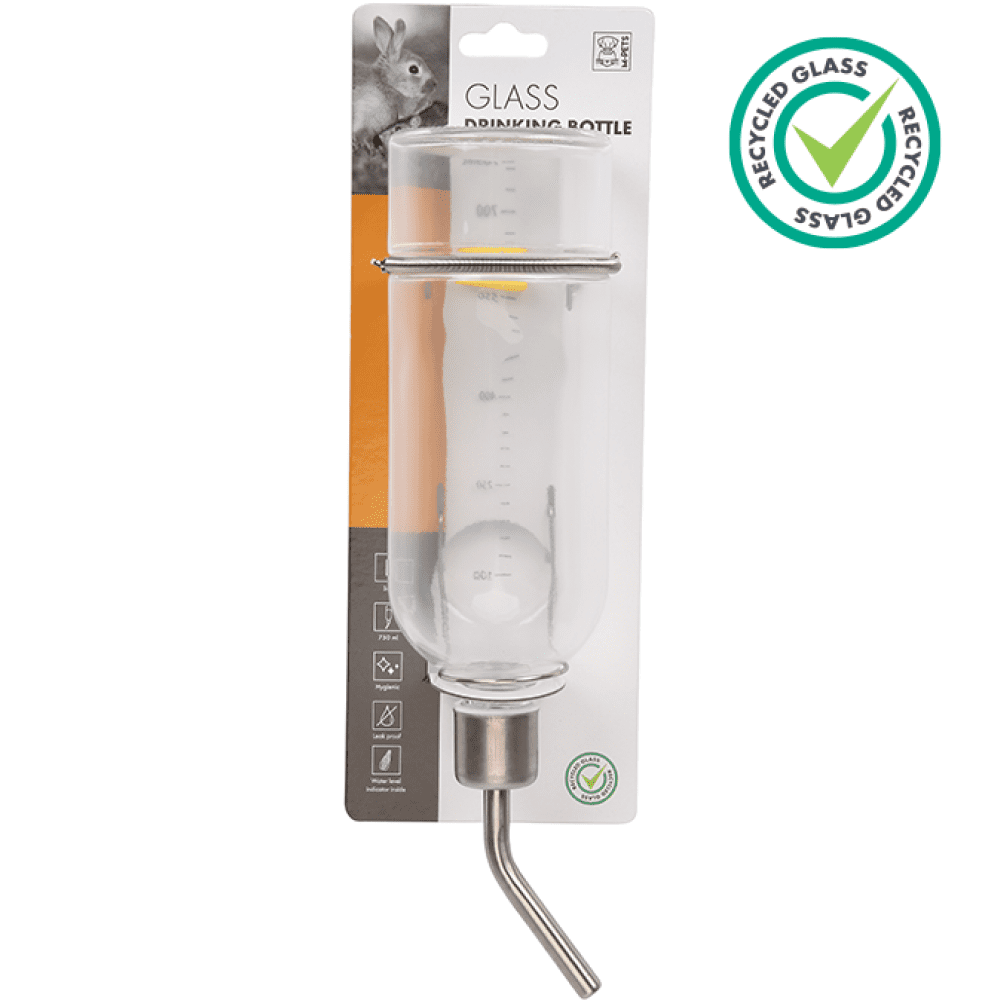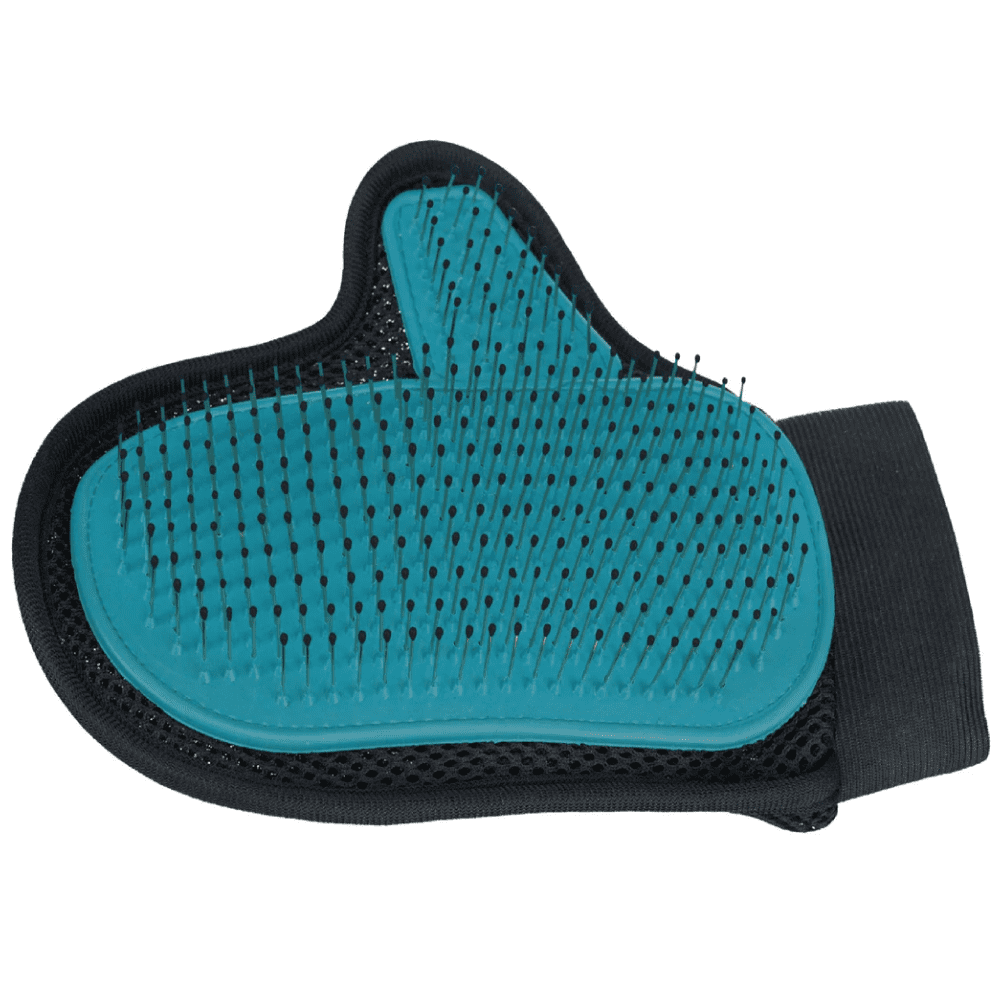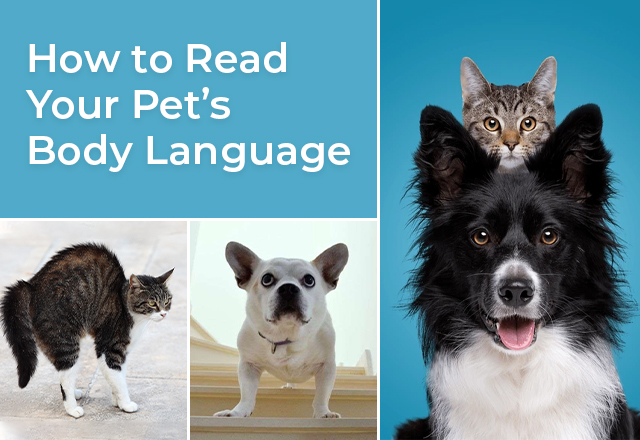
Your pet’s body language communicates your pet’s intentions, emotions, and more. If you master the art of understanding your pet’s body postures and facial expressions, you can decode important messages that your pet is trying to tell you.
The body language of cats and dogs is much more complex and refined than we think. By knowing what your pet’s body language means, you can understand their emotions and react accordingly.
To decode their expressions, one has to pay close attention to their pet’s posture, eyes, ears, and vocalization. This guide provides a better understanding of pet body language, helping pet parents to be more responsible and caring.
The Tail Position
A canine’s or feline’s tail position indicates quite a lot about their present mood. If their tail lifts from a normal position to vertical or arched over the back, it means your pet is trying to show aggression or threat.
However, if the tail is held upright, with a little curve at its edge, then it means that they are calm and relaxed. Similarly, if their tail is tucked in between their legs, it shows that your pet babies are scared.
The Lick Theory
Usually, dogs lick us to demonstrate human-dog affection. These affectionate creatures may also lick their humans if they seem upset. But if you notice your dog licking a specific body part or area often, there may be some underlying health condition. In such cases, contact your veterinarian to find out the cause of such behavior and immediately address the health concern.
Whereas, in the case of cats, their tongue is very sensitive. If they are licking you, it means they want your attention and are trying to create a special bond with you. However, licking is also a way for cats to soothe themselves when they are anxious.
The Body Language Cues
When your cat leans down with their legs tucked under them, it indicates that they are sick or in pain. On the other hand, when they squat, chase, and act as if they are hunting, it means that they are just being playful.
Similarly, if your pooch hunches towards the ground and their posture make them look smaller in size, then that’s a sign of stress or anxiety. If the same posture follows with a higher intensity, it may often look like the puppy is asking for a belly rub, but it can be a sign of fear or stress.
Contrarily, if the dog shifts their body weight towards a forward direction, it indicates that your puppy is interested in that object or person. If your dog leans forward, twitches, and keeps their tail high, it may also indicate offensive thoughts.
Decoding Vocalization
Here's what different types of cat meows indicate:
- A short and high-pitched voice suggests that your kitty is saying hello to you.
- Multiple short meows at a time indicate their happiness when they see you back home.
- With a soft and desirous meow, cats may want to convey hunger.
- A low-sounding and prolonged voice means the cat is annoyed or irritated.
Take a look at what dog woofs of different types indicate:
- A high-pitched bark is welcoming, but a low-pitched bark means a threat.
- Your dog’s whining may suggest that they need food, attention, or just a walk.
- A straightforward growl means stop, stay back, or do not touch me.
- A dog howls for multiple reasons, like when they want to talk or when they are excited or frustrated.
Other Common Cat Behaviours
Although dogs and cats share almost similar body language, cats are more expressive with their actions and positions. Most of the time, cats use vocalisations to express their feelings. However, the cat's verbal and non-verbal signals can be confusing at times.
Here are some usual non-verbal cues of a cat’s body language:
- If your cat’s fur rises and their body is rigid, it indicates fear. Scared cats are usually up for fighting.
- Large and dilated pupils are sign of fear and surprise.
- If you see their ears half closed, it means your kitty is in a relaxed state.
- Head turned together with thumping ears show your cat is interested, curious, and fascinated.
Other Common Dog Behaviours
Knowing the context of body language is very important. So, try not to pre-assume your pet’s communication based on a single physical behavior. A complete understanding of what’s going on is crucial when decoding pet language.
Here are some regular non-verbal cues of a dog’s body language:
- Twitching whiskers may indicate tension, fear, or anxiety.
- Excessive yawning can be a sign of contentment or stress.
- If your pet licks its lips, it’s because your fur companion is nervous or hungry.
- In some dogs, wobbling is a clear indication of joy and contentment. However, it can also be due to aggression or tension.
Conclusion: Strengthening the Connection
Remember that all pups and kitties are different! Factors like age, breed, personality, and environment influence their conduct. Our furry pals will try to do their best to help us comprehend through their distinct behaviours. Further, as you explore the wonderful world of pet communication, remember that every bark, stare, and tail wag comes up as an opportunity to develop a special bond or connection with your four-legged friend.
Cat Vaccinations Explained: The Purr-fect Guide to Keeping Your Feline Healthy
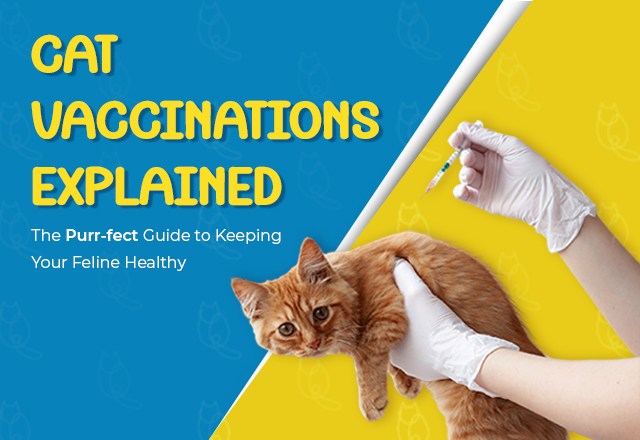
If you have just added a cute kitten to your family or adopted a rescued cat and need guidance for their vaccination, this article is for y...
Pawsandpaws | Apr 16, 2025How to Train Your Dog to 'Speak' on Command

Dog parents tend to speak to their dogs to communicate with them. But do you know that you can teach them to answer back? Training your dog...
Pawsandpaws | Apr 02, 2025